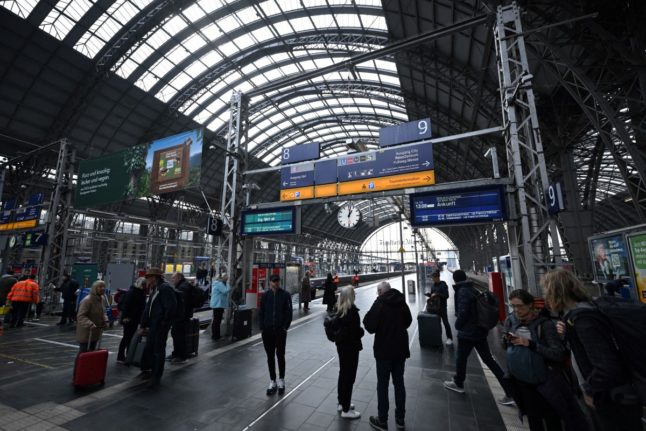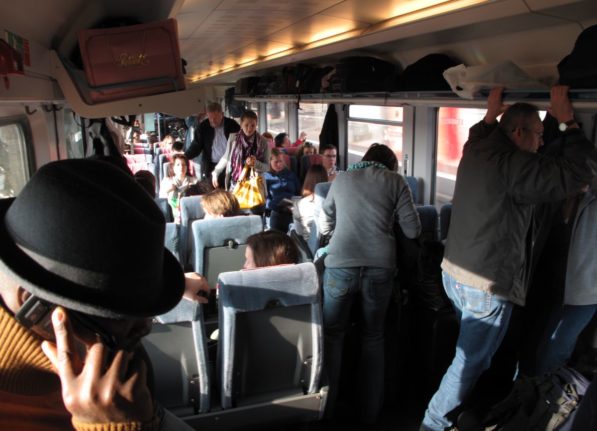The talks were “intensive and constructive” and taking place in “small committees and behind closed doors”, a statement said.
Both sides agreed they were “confident of being able to announce a result next week”.
While the negotiations go on the union said it would halt further strike action.
The train drivers have walked out six times since November, including a 24-hour stoppage last Tuesday, causing major travel disruption for thousands of passengers.
GDL wants more money for its members as well as a 35-hour week for the same salary as the current 38-hour week.
READ ALSO: ‘We need an Easter truce’: How strikes have sparked a bitter row in Germany
Deutsche Bahn has said it has offered up to 13 percent more pay, as well as the option of cutting the working week down to 37 hours starting in 2026.
Europe’s largest economy has faced industrial action for months as workers and management across multiple sectors wrestle over terms amid high inflation and weak business activity.



 Please whitelist us to continue reading.
Please whitelist us to continue reading.
Member comments